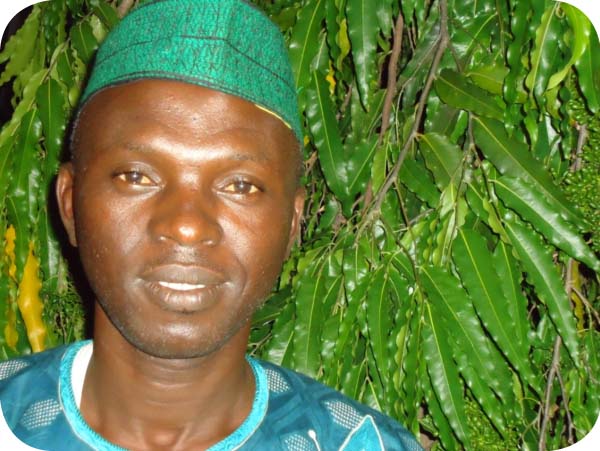
The farmer-to-farmer visit is funded by FAO under the Forest Farm Facility (FFF) project.
The purpose of the tour was to assess the last cropping season and the current groundnut trade season, as well as to visit Vision 2016 rice fields to help farmers assess the rice fields and better prepare for the next harvest.
The tour was also aimed at creating awareness in farmers to gain knowledge on deforestation, aquaculture and the role they should play to achieve the Vision 2016 agenda.
The tour comprised at least 25 farmers, among them cattle farmers, community foresters, as well as poultry and executive members of the Farmers Platform.
Speaking at various fields, Alagie Bassi Mboge, president of the National Farmers Platform, said the farmers’ platform has recognized the alarming rate of degration of forest resources.
The Gambia is presently facing a daunting challenge, because of its impact on the life of the people, particularly the poor who are almost exclusively dependent on agriculture and forest-based products.
He said as the forest degrades, productivity collapses, plants die, biodiversity is lost, and waterways become silted with eroded soils, contributing to sedimentation of lowlands including coastal zones, which results in low productivity and sub-standard quality products that could seriously threaten food security and nutrition.
According to him, the introduction of community forestry in The Gambia has sparked numerous other forestry management approaches and concepts, such as joint forest parks management, and the forest management concept.
All these efforts are geared toward more activities, and involvement of the local communities and all the stakeholders in forest resource management, as well as to transfer state forest ownership to local communities, thus allowing them have a greateraccess to forest products and services for enhancement of their livelihood and food security, he said.
Mr Mboge further noted that the Forest Farm Facility (FFF) country programme is supporting the national agriculture and natural resources policy through the multi-sectoral and stakeholder platform, which highlights the importance and builds synergies between community forest and the agriculture sector, as seen in rice production and cashew growth.
FFF also believes that helping community forestry practitioners and other forest and farm producers, in forming functioning producer organizations, could help to strengthen their livelihood and develop small-scale enterprises.
The trip also aimed to reflect on the past decades community forestry experience, and its possible impact on food security and nutrition, and to explore ways to strengthen the contribution of forests to food security in The Gambia.
Sheriffo Sanyang, Farmers Platfrom technical adviser, also said the private sector and civil society organizations should engage effectively in forest resource management for the efficient utilization of forest products.
Private sector participation in harvesting and marketing of forest products is currently limited to only processing and selling of wood for construction and furniture production, he said.
What remains to be accomplished is adding value to non-wood products for local consumption and export, he added.
Both production and processing companies could be active in the production of medicinal plants and genetic materials for the pharmaceutical industry, he continued.



